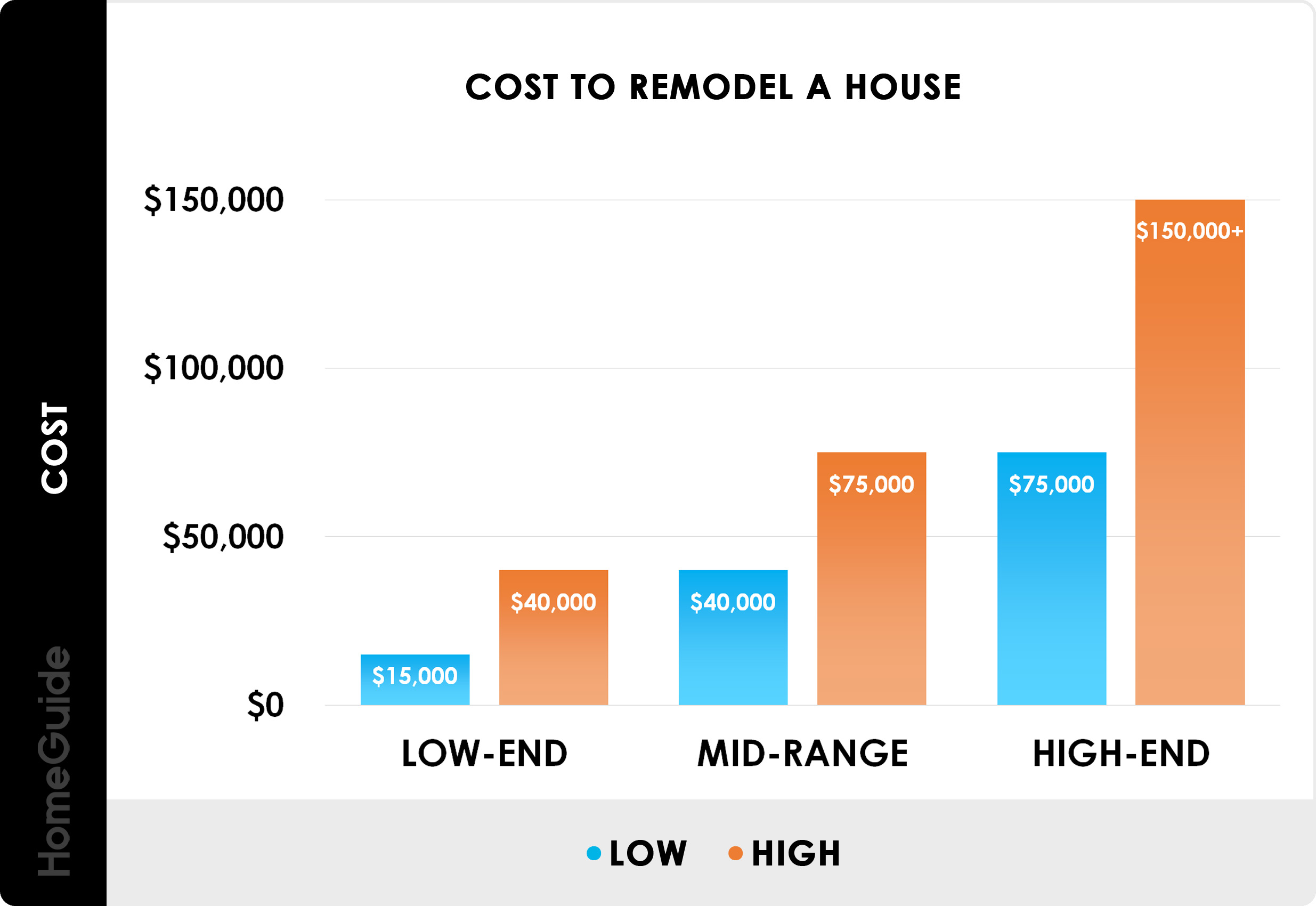
Subheading: Understanding House Gutting
Gutting a house involves stripping it down to its bare bones, removing all interior elements such as walls, flooring, fixtures, and sometimes even the roof. This process is often necessary when renovating an older home, starting from scratch, or addressing significant structural issues. However, it’s essential to understand the costs associated with this extensive renovation project before diving in.
Subheading: Factors Affecting Costs
Several factors influence the cost of gutting a house, making it crucial to consider each aspect carefully. The size of the home, the extent of the renovation, the materials used, labor costs, and any additional services required all play a significant role in determining the overall expense. Additionally, the location of the property and local market conditions can impact pricing.
Subheading: Size and Scope of the Project
One of the primary considerations when estimating the cost to gut a house is the size and scope of the project. Larger homes with more square footage will naturally require more materials, labor, and time to complete the renovation. Similarly, houses with complex layouts or multiple stories may incur higher costs due to the added complexity of the work involved.
Subheading: Structural Considerations
Before embarking on a house gutting project, it’s essential to assess the structural integrity of the property. Depending on the age and condition of the home, structural issues such as rot, mold, water damage, or termite infestations may be present. Addressing these underlying issues can add significant costs to the overall renovation budget but is crucial for ensuring the safety and longevity of the home.
Subheading: Materials and Finishes
Another significant factor impacting the cost of gutting a house is the choice of materials and finishes. From flooring and cabinetry to countertops and fixtures, the selection of materials will influence both the aesthetic appeal and the budget of the project. Opting for high-end, custom finishes will naturally increase costs, while more budget-friendly alternatives can help keep expenses in check.
Subheading: Labor Costs
Labor costs are a significant component of any house gutting project and can vary depending on the complexity of the work and the skill level of the contractors involved. Demolition, removal of debris, structural repairs, electrical and plumbing work, and installation of new fixtures all require skilled labor, which comes at a price. It’s essential to obtain multiple quotes from reputable contractors and factor labor costs into the overall budget.
Subheading: Permitting and Regulatory Fees
Before gutting a house, it’s essential to obtain the necessary permits and adhere to local building codes and regulations. Permitting and regulatory fees can add to the overall cost of the project and should be accounted for in the budgeting process. Failure to obtain proper permits can result in fines, delays, and even legal issues, so it’s crucial to ensure compliance from the outset.
Subheading: Contingency Planning
No matter how well-planned a house gutting project may be, unexpected expenses and challenges can arise along the way. It’s essential to budget for contingencies to cover unforeseen circumstances such as structural issues, code violations, or changes in design plans. A contingency fund of around 10-20% of the total project budget is typically recommended to account for these unforeseen costs.
Subheading: Conclusion
In conclusion, estimating the cost to gut a house requires careful consideration of several key factors, including the size and scope of the project, structural considerations, materials and finishes, labor costs, permitting fees, and contingency planning. By thoroughly assessing these factors and budgeting accordingly, homeowners can ensure a successful and cost-effective house gutting project that transforms their space into their dream home. Read more about cost to gut a house
